
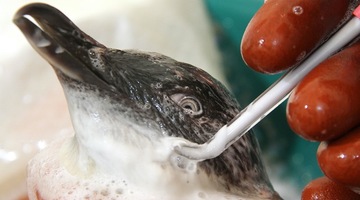
Emma Sommerville had just arrived in the Bay of Plenty from Christchurch, after experiencing the Canterbury earthquake disaster, when the Rena ran aground. Having just completed her master’s ...
READ MORE

On 5 October 2011, the cargo vessel Rena was grounded on the Astrolabe Reef off the Tauranga coast. The ship was carrying 1,368 containers, 1,700 tonnes of heavy fuel oil and about 70 tonnes of ...
READ MORE
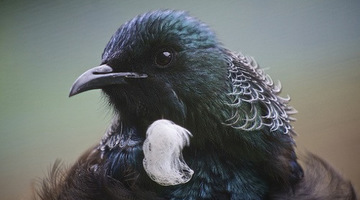
New Zealand is world famous for its unique birdlife. In our resources on conserving our native birds, we look at the issues surrounding the conservation of some of our threatened bird species ...
READ MORE

In this activity, students consider the conservation of native birds from a number of different perspectives. By the end of this activity, students should be able to: examine the conservation of ...
READ MORE
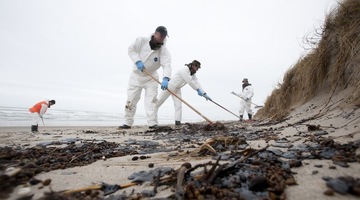
In this activity, students consider short-term and long-term responses to an environmental disaster such as the Rena. By the end of this activity, students should be able to: describe what might ...
READ MORE

In this activity, students become aware of the importance of estuaries. They identify some possible impacts on estuaries and possible actions that can be taken to protect them. By the end of this ...
READ MORE

Be part of a worldwide movement and use Global Earth Challenge to submit or classify photos to help our planet’s environment and human health. Global Earth Challenge is a citizen science campaign ...
READ MORE
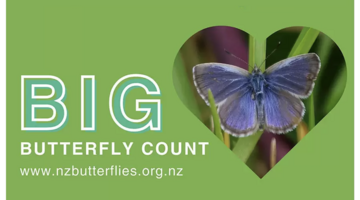
This New Zealand-based citizen science project collects data about butterflies in our gardens, schools, parks and farms – any location in the country or on the outer islands. This annual event – ...
READ MORE
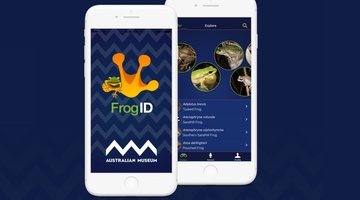
FrogID is an Australian app that uses audio of frogs’ unique calls to identify various species and their locations. We can use it in Aotearoa New Zealand to record the location of introduced ...
READ MORE
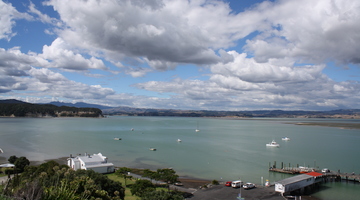
With 75% of New Zealanders living within 10 km of the coast, many students will be familiar with estuaries. In scientific terms, estuaries are the interface between the land and the sea – the ...
READ MORE

New Zealand is well known for its unique bird life. Our endemic birds evolved in an isolated, island environment. The arrival of people, the deliberate and accidental introduction of mammalian ...
READ MORE

In this online PD session recorded on 15 October 2015, primary school teacher Kim MacPherson talks about the Science Learning Hub’s resources – Conserving native birds – and how she used a ...
READ MORE
Immediately following the grounding of the Rena on the Astrolabe Reef, the Bay of Plenty Polytechnic and the University of Waikato formed a marine response team. This team surveyed local marine ...
READ MORE
Kiwi – Aotearoa New Zealand’s national icon – are under threat from introduced pests. In this episode of Project Mātauranga, Dr John McLennan and members of the Lake Waikaremoana Hapū Restoration ...
READ MORE
Associate Professor Alison Cree, from the University of Otago, talks about the difference between being cold blooded and warm blooded. She discusses why scientists prefer to use the terms ...
READ MORE

We can use our senses to identify birds – there are lots of clues. Please check the speaker notes that accompany the slides. They contain activity instructions, prompting questions and teaching ...
READ MORE

Ka taea e tātou te whakamahi i ō tātou rongo ki te tautohu manu – e hia nei ngā tīwhiri. Me maumahara ki te tirotiro i ngā taipitopito kei te taha o ngā kiriata. Kei roto ko ngā tohu ngohe, ko ...
READ MORE

Kimihia mai i ngā kōrero mō ngā kaupapa atawhai he aha hoki ngā mahi e taea kia tū ai hei kaitiaki. Me maumahara ki te tirotiro i ngā taipitopito kei te taha o ngā kiriata. Kei roto ko ngā tohu ...
READ MORE